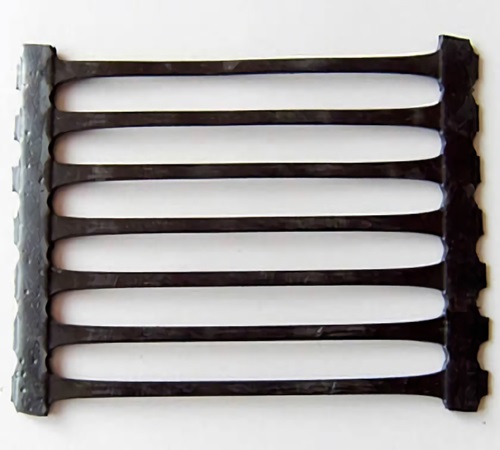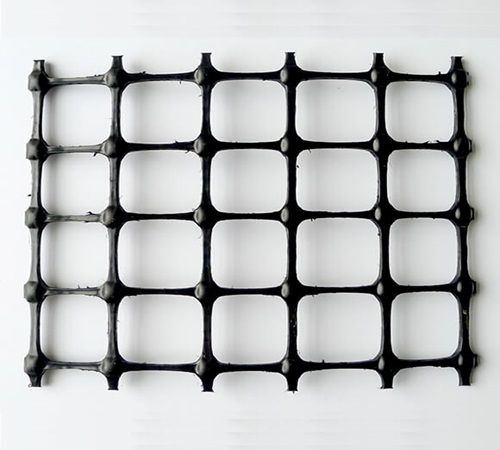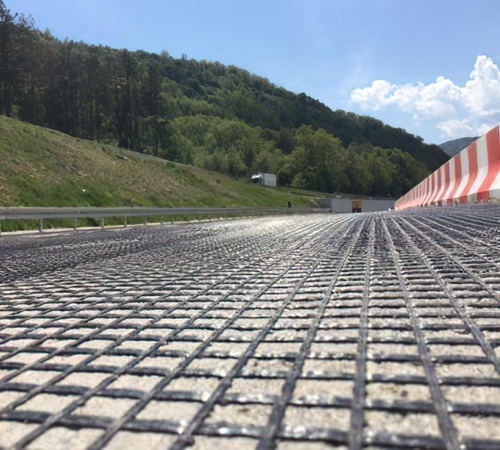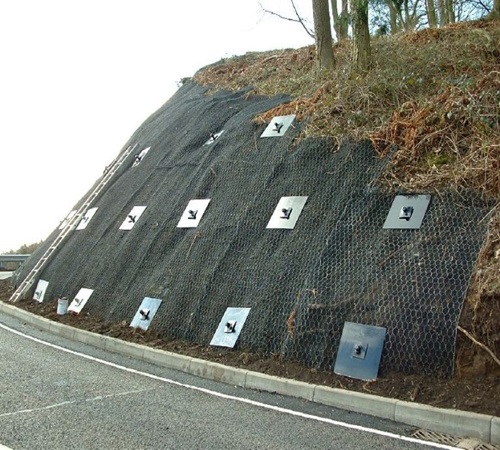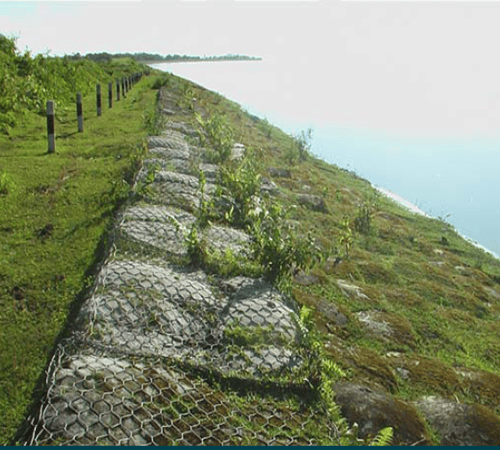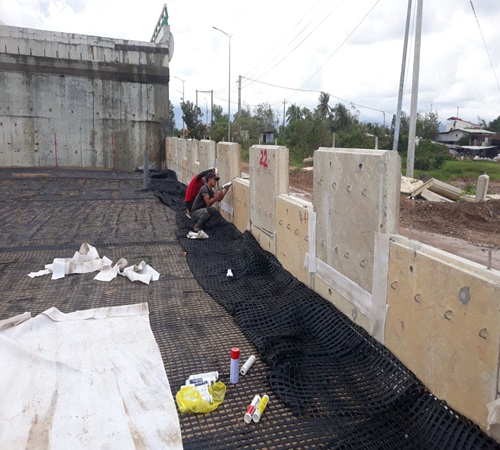
Geogrids
Geogrids are a type of geosynthetic material that is used to reinforce soil and other materials. They are made from a variety of materials, including polymers, metals, and geotextiles. They are available in a variety of forms, including rolls, sheets, and mats.
Functions
Geogrids perform a number of functions, including:
- Reinforcement: Geogrids provide reinforcement by increasing the tensile strength of soil and other materials. This helps to prevent the materials from deforming or failing.
- Stabilization: Geogrids help to stabilize soil and other materials by preventing them from moving or shifting. This is important in areas that are prone to erosion or landslides.
- Drainage: Geogrids can help to improve drainage by providing a pathway for water to flow. This can help to prevent water from pooling on the surface, which can lead to erosion or other problems.
Types
There are a number of different types of geogrids, including:
- Uniaxial geogrids: Uniaxial geogrids have a single direction of reinforcement. They are typically used in applications where there is a need for reinforcement in one direction, such as in slopes or retaining walls.
- Biaxial geogrids: Biaxial geogrids have reinforcement in two directions. They are typically used in applications where there is a need for reinforcement in multiple directions, such as in roads or pavements.
- Triaxial geogrids: Triaxial geogrids have reinforcement in three directions. They are typically used in applications where there is a need for reinforcement in all directions, such as in embankments or dams.
Applications
Geogrids are used in a variety of applications, including:
- Roads and pavements: Geogrids are used to reinforce roads and pavements, which helps to extend their lifespan and reduce maintenance costs.
- Slopes and retaining walls: Geogrids are used to stabilize slopes and retaining walls, which helps to prevent erosion and landslides.
- Embankments and dams: Geogrids are used to reinforce embankments and dams, which helps to prevent them from failing.
- Railways: Geogrids are used to reinforce railway tracks, which helps to improve the stability of the tracks and reduce maintenance costs.
- Other applications: Geogrids are also used in a variety of other applications, including landfills, erosion control, and marine construction.
Advantages
Geogrids offer a number of advantages, including:
- High strength: They are very strong and can withstand a lot of force.
- Durability: They are durable and can last for many years.
- Versatility: They can be used in a variety of applications.
- Cost-effectiveness: They are a cost-effective way to reinforce soil and other materials.
Disadvantages
Beside their advangtages, geogrids also have a number of disadvantages, including:
- Installation costs: The cost of installing geogrids can be high.
- Damage: They can be damaged by UV rays, chemicals, and other environmental factors.
- Improper installation: If geogrids are not installed properly, they may not be effective.
Overall, geogrids are a versatile and cost-effective way to reinforce soil and other materials. They offer a number of advantages, including high strength, durability, and versatility.


